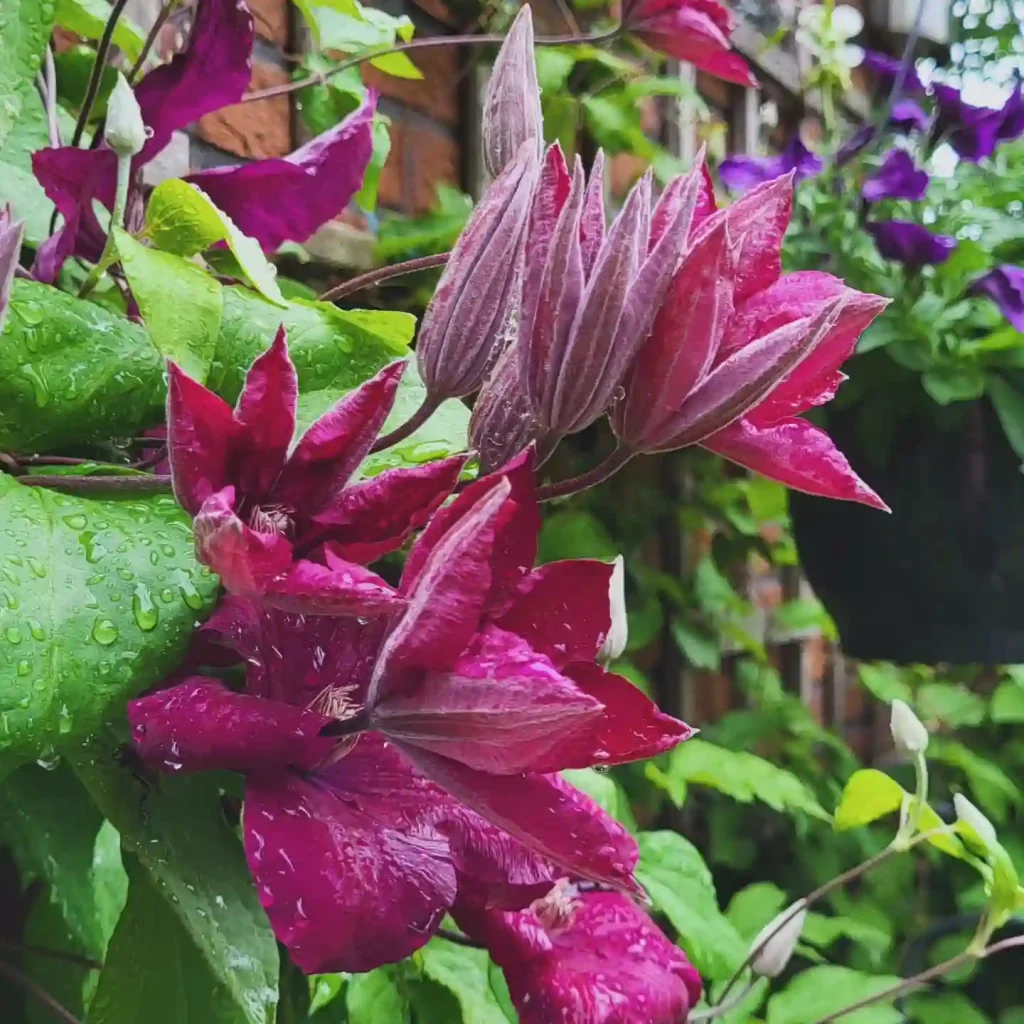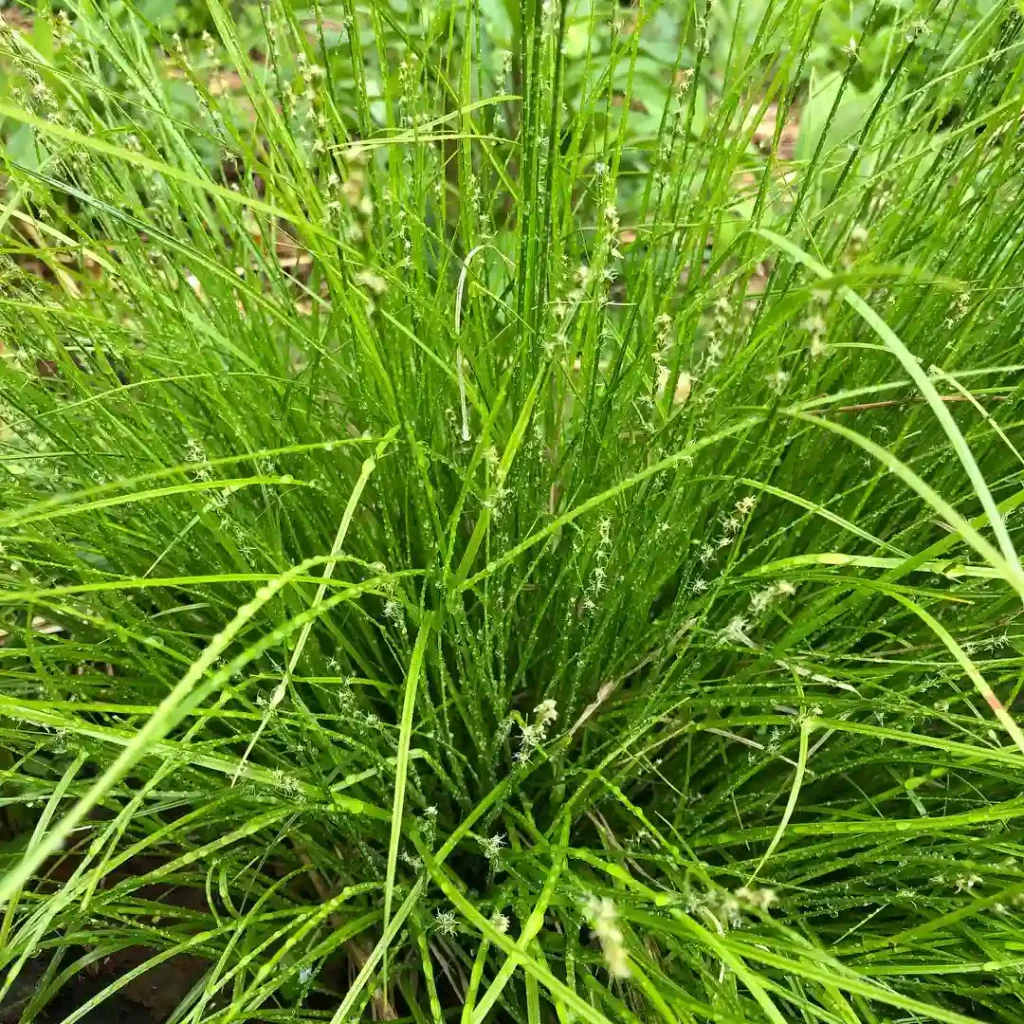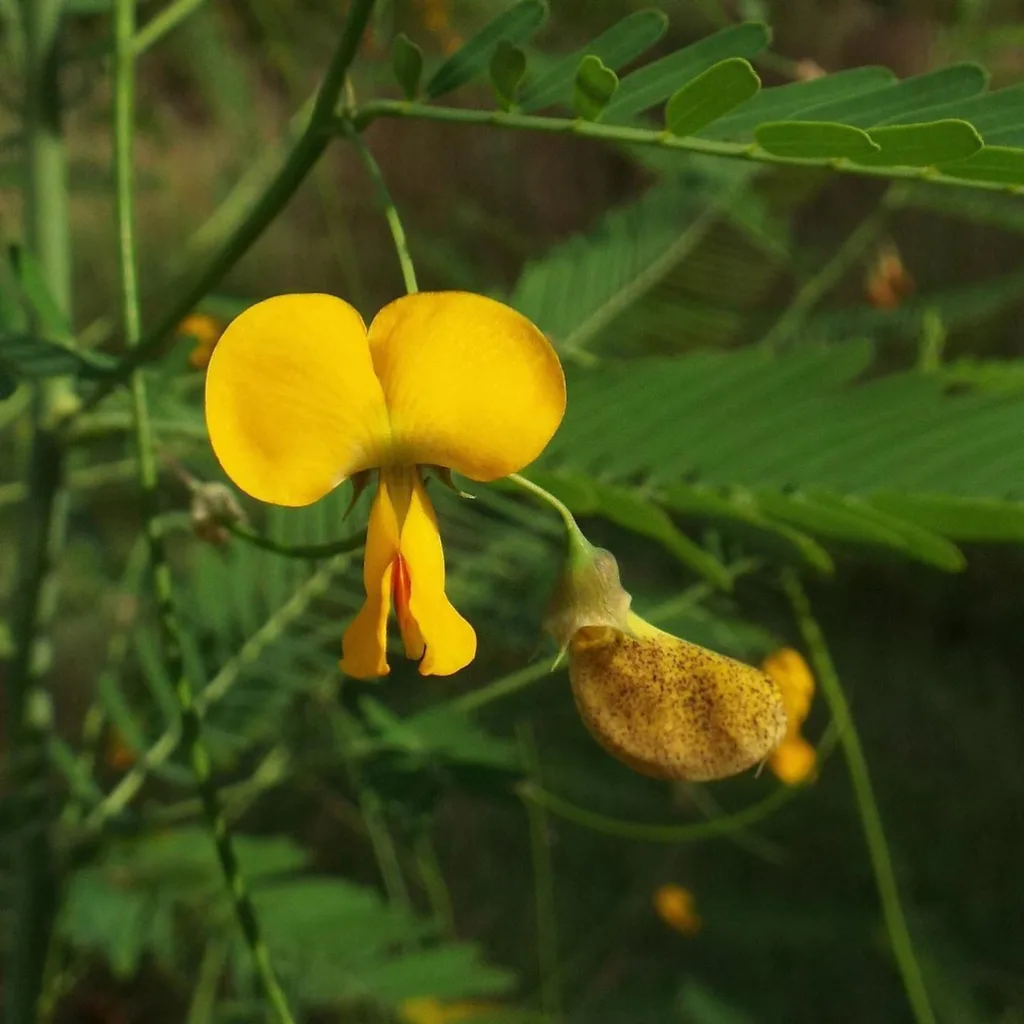The Allure of Gelsemium: A Personal Exploration
My name is Ferb Vu, and I’ve always been drawn to the intricate world of plants. Their diversity, their resilience, and their quiet beauty never cease to amaze me. Among the myriad of plant genera that have captured my attention, Gelsemium holds a special place. This genus, belonging to the family Gelsemiaceae, comprises a small yet fascinating group of flowering plants.
Unveiling the Species
Gelsemium, derived from the Italian word “gelsomino” meaning jasmine, is home to three distinct species:
- Gelsemium sempervirens: This North American native is perhaps the most well-known species. Often referred to as Carolina jasmine or yellow jessamine, this climbing vine boasts fragrant, yellow trumpet-shaped flowers that bloom in late winter or early spring.
- Gelsemium rankinii: Another North American species, Gelsemium rankinii, also known as swamp jessamine, shares a similar vining habit and flower shape with its close relative, G. sempervirens. However, its flowers are slightly smaller and paler in color.
- Gelsemium elegans: In contrast to the North American distribution of its counterparts, G. elegans is native to China and Southeast Asia. This species is notable for its highly toxic nature, earning it the ominous moniker “heartbreak grass.”
A Closer Look at Gelsemium sempervirens
While all Gelsemium species are intriguing, I find myself particularly captivated by Gelsemium sempervirens. Its vibrant yellow flowers, reminiscent of miniature trumpets, bring a burst of color to the landscape, while its sweet fragrance adds a delightful sensory dimension. This species is a popular ornamental vine, often gracing fences, trellises, and walls with its lush foliage and cheerful blooms.
However, beneath its alluring exterior lies a potent secret. Gelsemium sempervirens contains toxic alkaloids, primarily gelsemine, which can have serious neurological effects if ingested. This duality, the juxtaposition of beauty and danger, is a recurring theme in the natural world, and it serves as a constant reminder of the respect we must accord to all living things.
The Importance of Gelsemium
Despite its toxicity, Gelsemium has played a role in traditional medicine. In the past, it was used in diluted forms to treat various ailments, including anxiety, migraines, and neuralgia. However, due to its potentially dangerous side effects, its use in modern medicine is limited and should only be undertaken under strict professional guidance.
Beyond its medicinal applications, Gelsemium also contributes to the ecological balance. Its fragrant flowers attract pollinators, such as bees and butterflies, while its foliage provides shelter and sustenance for various insects and birds.
Reflections on Gelsemium
My exploration of Gelsemium has been a journey of discovery and appreciation. It has deepened my understanding of the complex interplay between beauty, danger, and utility in the natural world. Gelsemium, with its vibrant flowers, intoxicating fragrance, and potent alkaloids, embodies this complexity. It reminds us that nature is a force to be reckoned with, a source of both wonder and caution.
As I continue to delve into the intricacies of the plant kingdom, I am filled with a sense of awe and gratitude. Each genus, each species, has a story to tell, a lesson to teach. Gelsemium, with its unique blend of allure and danger, has imparted a valuable lesson: to appreciate the beauty of the natural world while respecting its power.
If i die, water my plants!



